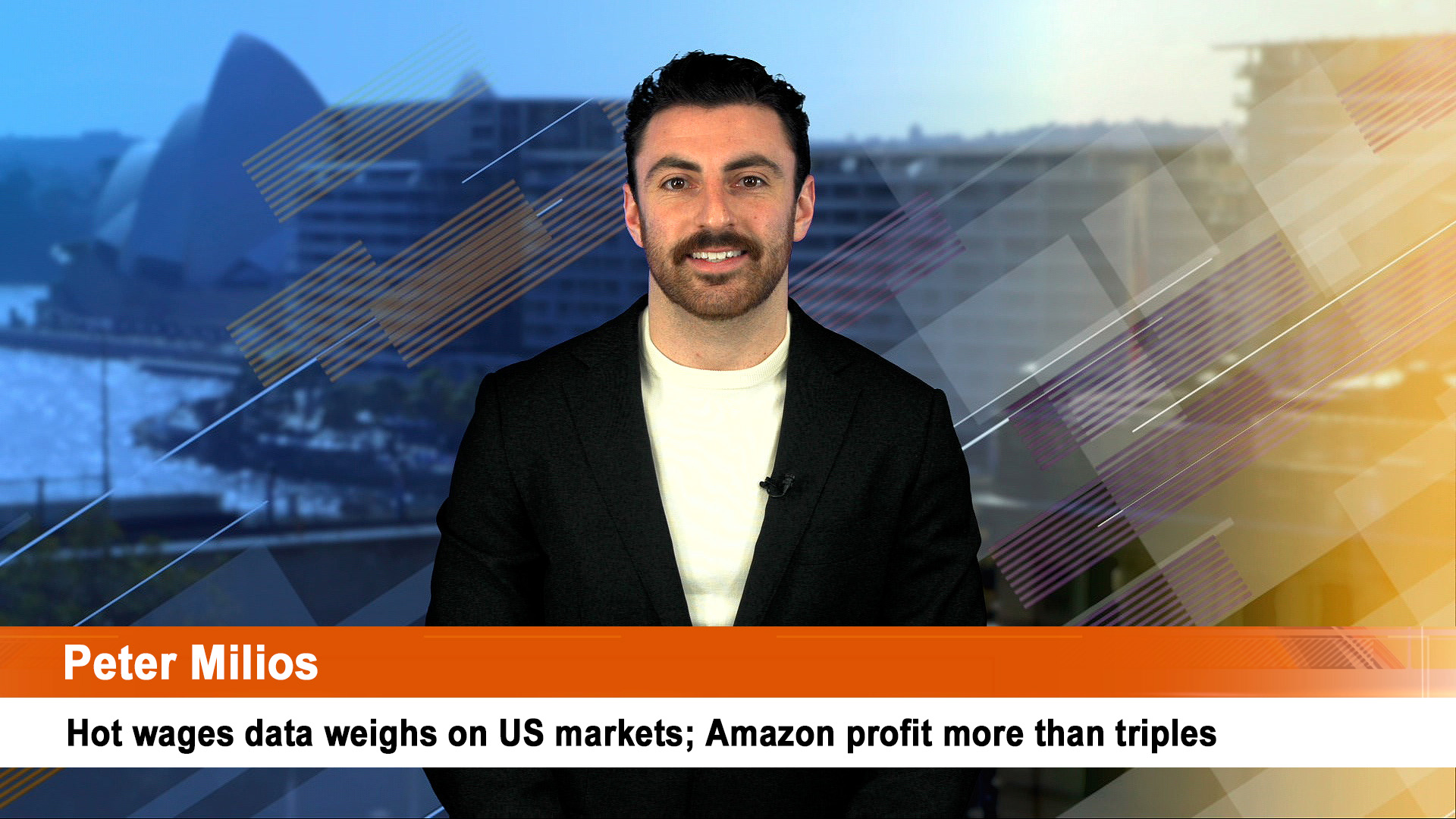Why would you want to invest in or run an insurance company given the continuing risks and hundreds of billions of dollars a year of damage and losses?
The annual assessment of disasters from Munich Re, one of the world’s biggest re-insurers again raises those questions.
Insurers (along with banks) are in the corporate front line in dealing (and paying) play a valuable role in insuring risk but now rising risk from climate change has moved front and centre.
Munich Re has been on the front foot in pointing out the continuing multi-billion-dollar cost of disasters and other insurable events where climate change is playing an increasing role.
2021 was no different. A heavy toll from major disasters – all weather/climate related or earthquakes and all before the cost of Covid in its various waves and forms starts hitting balance sheets and reserves.
There a few court cases in the UK, US, Europe and Australia for example that will help sort out where liability with Covid lies (business interruption policies and TPD personal insurance policies), which in turn will help insurers set premiums for both primary groups and re-insurers.
La Nina and climate change played major parts in making 2021 a near record year for insurance losses which hit a massive $US280 billion (around $A390 billion).
In fact 2021 was a sort of repeat of the previous bad year for losses in 2011 (when much of Brisbane was flooded, along with nearby areas).
Led by the deadly and costly Hurricane Ida in the US and massive flooding in Europe, the world racked up the second highest amount of losses ever in 2021, according Munich Re’s annual survey.
Only $US120 billion of that total was insured and that was because several of the biggest disasters – a hurricane, tornadoes and the big ice storm in Texas – happened in the US where property and casualty insurance is more commonplace.
“The insurance gap, in other words the uninsured portion, declined slightly due to a higher proportion of losses in the USA, but was still approximately 57% (of total losses). Almost 10,000 people lost their lives in natural disasters in 2021, a death toll comparable with those of recent years,” Munich Re said.
Munich Re said that alongside 2005 and 2011, 2021 was the second-costliest ever for the insurance sector (record year 2017: $US146 billion, inflation-adjusted) – overall losses from natural disasters were the fourth-highest to date (record year 2011: $US355 billion)
“Many of the weather catastrophes fit in with the expected consequences of climate change, making greater loss preparedness and climate protection a matter of urgency,” Munich Re said in its survey issued this week.
Hurricane Ida in the US was the year’s costliest natural disaster, with overall losses of $US65 billion (insured losses of $US36 billion)
In Europe, flash floods after extreme rainfall caused losses of $US54 billion – the costliest natural disaster on record in Germany.
In the Asia-Pacific region, losses remained modest, according to Munich Re.
With overall economic losses of $US50 billion, of which $US9 billion were insured (insurance gap 83%), the region accounted for just 18% of overall losses and 7% of insured losses.
The costliest natural disaster was a severe flood in Henan Province in central China, where countless rivers, including the Yellow River, burst their banks. Hundreds of thousands of homes were flooded. Overall losses came to some $US16.5 billion, with only about 10% of these insured because of the very low level of coverage typical in China.
The A 7.1-magnitude earthquake that struck off the east coast of Japan on February 13 (not far from the epicentre of the Tohoku earthquake off Japan’s northeast coast, which ten years earlier had triggered a devastating tsunami that led to the Fukushima nuclear disaster.”
Munich Re said the latest earthquake caused substantial losses of $US7.7 billion, with insured losses in the region of $US2.3 billion (insurance gap: 70%).
Those results prompted another major reinsurer, US group Aon, to warn this week that the mounting cost from climate change-fuelled disasters is only in the early stages unless more complete insurance assessment and risk-pricing catches up.
That could cost businesses and their customers more, make homeownership less accessible, and change how investors view stocks in those companies seen most vulnerable.
Aon’s report looked at economic losses, not just limited to insurance losses.
It found a total of $US343 billion in economic losses in 2021, $US329 billion of which resulted from weather and climate-related events, making last year the third costliest year on record after adjusting for inflation.
“While losses were up from 2020, the number of notable disaster events slightly decreased, demonstrating the heightened costliness and severity of these events,” Aon pointed out.
Of the 2021 losses, only 38% were covered by insurance. Despite an increase in overall losses from 2020, the protection gap of economic losses not covered by insurance eased from 63% percent to 62% in 2021.
“Clearly there is both a protection and innovation gap when it comes to climate risk,” Eric Andersen, AON president of said in the report.
“As catastrophic events increase in severity, the way that we assess and ultimately prepare for these risks cannot depend on solely historical data.
“We need to look to technology like artificial intelligence and predictive models that are constantly learning and evolving to map the volatility of a changing climate. With scalable solutions, we can help organizations make better decisions that make them more resilient as they continue to more frequently face interconnected and increasingly volatile risks.”
“The images of natural disasters in 2021 are disturbing. Climate research increasingly confirms that extreme weather has become more likely.” Munich Re board member, Torsten Jeworrek said in survey from his company.
“Societies need to urgently adapt to increasing weather risks and make climate protection a priority. Insurers meet their responsibilities by covering a portion of the risks and losses.
“By applying risk-adequate premiums, they put a price on natural hazards, thereby encouraging carefully considered behaviour to limit the losses. At the same time, severe volcanic eruptions and earthquakes in 2021 showed that we should not overlook these categories of natural disasters either,” he added.
Ernst Rauch, Munich Re’s Chief Climate and Geo Scientist added:
“The 2021 disaster statistics are striking because some of the extreme weather events are of the kind that are likely to become more frequent or more severe as a result of climate change.
“Among these are severe storms in the USA, including in the winter half-year, or heavy rain followed by floods in Europe. For hurricanes, scientists anticipate that the proportion of severe storms and of storms with extreme rainfall will increase because of climate change.
“Even though events cannot automatically be attributed to climate change, analysis of the changes over decades provides plausible indications of a connection with the warming of the atmosphere and the oceans. Adapting to increasing risks due to climate change will be a challenge.”
Rising interest rates this year will improve returns on insurers reserves and cash floats, but weak equities and currency volatility will not make sustainable improvements in portfolio returns easy to come by.
But the record low rates and huge bond issuances by governments since 2020 will see many insurers forced to put money aside for possible mark to market losses or maturity mismatches.
Australia didn’t rate a mention, thanksfully, even though industry analysts estimate total losses from disasters – storms, floods, the small Victorian earthquake and fires at more than $A2 billion.
Big listed insurers such as Suncorp and IAG have been forced to find more re-insurance for the rest of the 2021-22 financial year (June 30) to give themselves more capacity to handle any new disasters in the January-June period.
And yet insurers remain in the game – none more so than Warren Buffett and his huge collection of insurers – from re-insurance to primary property and casualty of all types.













